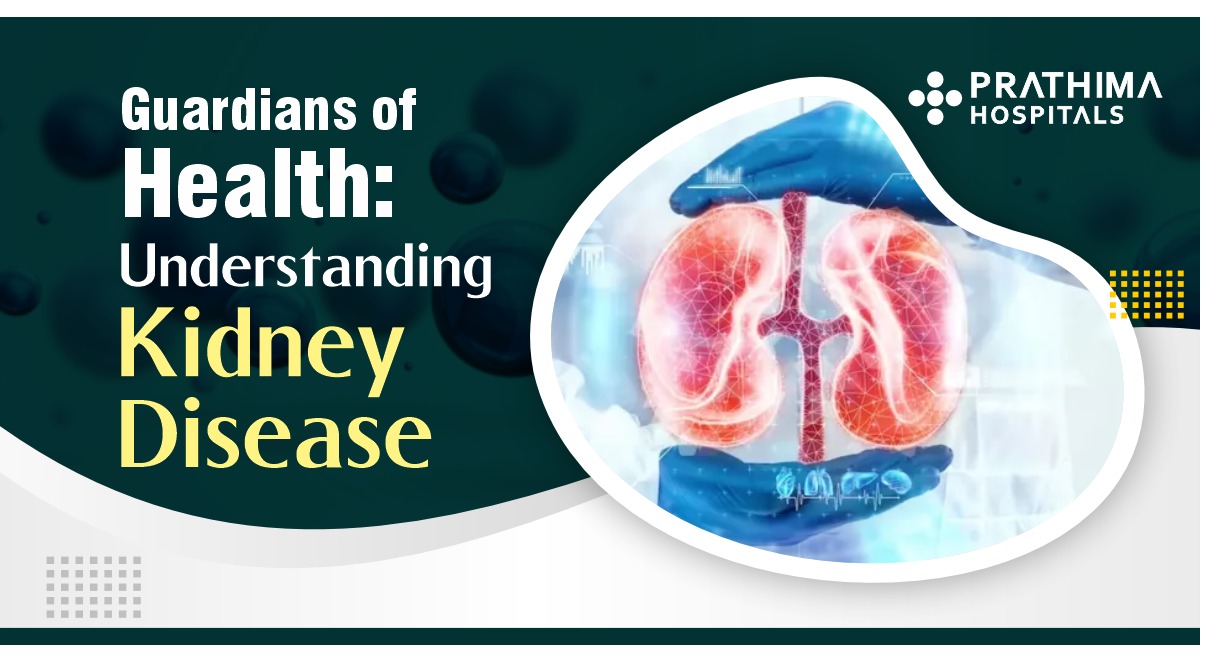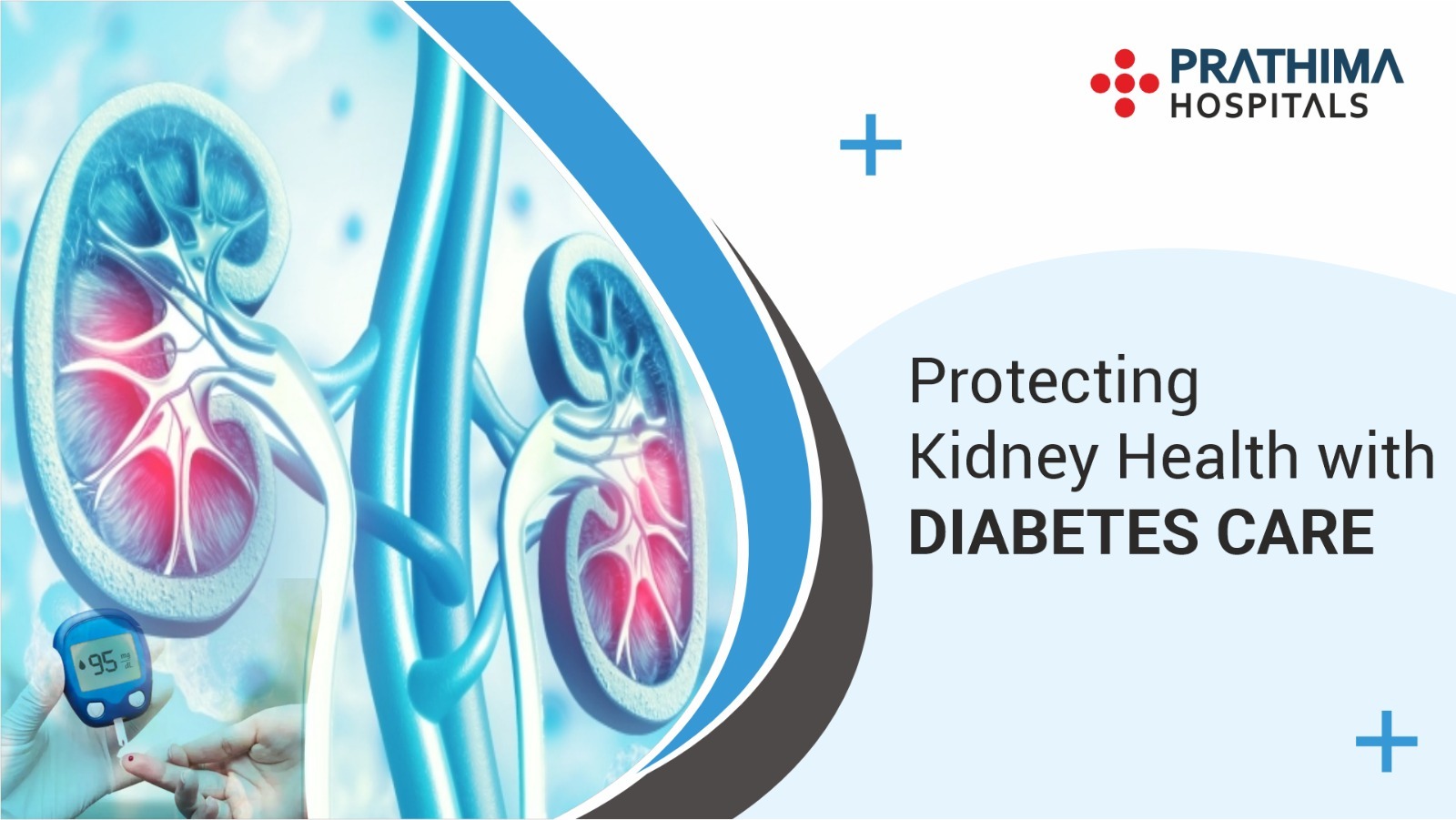Understanding Diabetes: Causes, Implications, and Management

World Diabetes Day 2023
Introduction:
There are millions of people around the world suffering from diabetes, a chronic metabolic condition. According to the General Physician in Hyderabad, it has far-reaching implications for an individual’s health and quality of life. The 14th of November marks World Diabetes Day 2023, and this article explores the causes of diabetes, its implications on one’s life, and strategies to manage and prevent it.
I. Diabetes: An Overview
Diabetes is a complex and multifaceted condition characterized by abnormal blood sugar levels. Glucose, a vital source of energy for our bodies, is typically regulated by the hormone insulin. However, in individuals with diabetes, this regulation system is disrupted, leading to elevated blood sugar levels. There are different classes of diabetes, but the 2 most typical conditions are Type 1 & Type 2 diabetes.
A. Type 1 Diabetes
Type 1 diabetes, often referred to as juvenile diabetes, typically develops in childhood or adolescence. It is an autoimmune disease in which the immune system mistakenly attacks and destroys the insulin-producing beta cells in the pancreas. Without sufficient insulin, the body cannot effectively regulate blood sugar levels, leading to high blood sugar (hyperglycemia).
B. Type 2 Diabetes
Type 2 diabetes is the most common form of the disease, accounting for over 90% of diabetes cases. It typically occurs in adults, but it is increasingly being diagnosed in younger individuals due to rising rates of obesity and sedentary lifestyles. In Type 2 diabetes, the body becomes resistant to insulin, and the pancreas cannot produce enough insulin to compensate, resulting in elevated blood sugar levels.
II. Causes and Risk Factors
Understanding the causes and risk factors of diabetes is crucial for prevention and early detection.
A. Genetics
There is a substantial genetic element to both Type 1 & Type 2 diabetes. If you have a family history of diabetes, your chance of formulating the disease may be more. While genes alone do not cause diabetes, they can increase susceptibility.
B. Lifestyle Factors
- Poor Diet: A diet high in sugar, unhealthy fats, and processed foods can contribute to the development of Type 2 diabetes. Insulin resistance & weight gain can result from extreme sugar consumption.
- Obesity: As per the General Physician in Kukatpally, obesity is a major risk factor for Type 2 diabetes. Surplus body fat, particularly around the waist, can lead to insulin opposition.
- Sedentary Lifestyle: Lack of physical activity is strongly associated with Type 2 diabetes. Regular exercise helps the body utilize insulin more efficiently.
C. Autoimmune Factors
Autoimmune reactions are believed to trigger type 1 diabetes. It often occurs in individuals with a genetic predisposition and can be triggered by viral infections or other environmental factors.
D. Gestational Diabetes
Some women develop gestational diabetes during pregnancy, which typically resolves after childbirth. Type 2 diabetes can produce after gestational diabetes, though it raises the risk of getting it later in life.
III. Implications of Diabetes
Living with diabetes can be challenging, and it has wide-ranging implications on a person’s life.
A. Physical Health
- Complications: Uncontrolled diabetes can lead to various health complications, including heart disease, stroke, kidney disease, eye problems, nerve damage, and poor wound healing.
- Blood Sugar Management: Daily management of blood sugar levels is crucial. Individuals with diabetes must carefully monitor their blood sugar and take medication or insulin to keep it within a healthy range.
- Lifestyle Adjustments: Diabetes often requires significant lifestyle adjustments, including dietary changes, regular exercise, and medication adherence.
B. Emotional Well-Being
- Stress and Anxiety: The daily demands of diabetes management can be stressful, leading to anxiety and emotional strain. Fear of hypoglycemia (low blood sugar) or hyperglycemia can also be emotionally taxing.
- Depression: Diabetes is associated with a higher risk of depression. The emotional toll of living with a chronic condition, coupled with the physiological effects of fluctuating blood sugar levels, can contribute to depressive symptoms.
C. Social and Psychological Impact
- Social Stigma: People with diabetes may face stigma or misconceptions about their condition. Others may not fully understand the complexities of diabetes management.
- Lifestyle Limitations: Managing diabetes often means adhering to a strict regimen, which can limit social activities or spontaneous decisions about food and exercise.
D. Financial Implications
- Medical Expenses: The cost of managing diabetes can be significant, including expenses for medications, blood glucose monitoring supplies, doctor’s visits, and potential hospitalizations for complications.
- Lost Productivity: Diabetes-related health issues can lead to missed workdays and reduced productivity, which can have financial consequences.
IV. Diabetes Management and Treatment
Effective diabetes management is essential to prevent complications and improve the quality of life for those living with the condition.
A. Blood Sugar Monitoring
Routine blood sugar checking is a very important in diabetes management. It helps individuals with diabetes understand how their body responds to different foods, activities, and medications.
B. Medications and Insulin
- Type 1 Diabetes: People with Type 1 diabetes rely on insulin therapy to replace the insulin their bodies cannot produce. Insulin can be delivered via either injections (or) insulin pumps.
- Type 2 Diabetes: Medications are often prescribed to help the body use insulin more effectively or to stimulate the pancreas to produce more insulin.
C. Lifestyle Modifications
- Diet: A well-balanced diet that focuses on whole foods, fiber, and controlled carbohydrate intake is crucial. Working with a registered dietitian can help individuals develop a suitable meal plan.
- Physical Activity: Regular exercise can improve insulin sensitivity and help with weight management. Strive to engage in a minimum of 150 min of moderate-intensity activity each week.
D. Self-Care
Stress management, sufficient sleep, and regular medical check-ups are vital for overall well-being. Diabetes self-management education programs are available to help individuals develop the skills and knowledge needed to manage their condition effectively.
E. Continuous Glucose Monitoring
Technological advancements have led to the development of continuous glucose monitoring systems that provide real-time data on blood sugar levels. These devices can help individuals make more informed decisions about their diabetes management.
V. Complications and Prevention
Preventing complications is a central goal of diabetes management. Understanding the potential complications and taking steps to mitigate them is essential.
A. Cardiovascular Complications
Heart disease and stroke are leading causes of death in people with diabetes. In order to underrate the risk of cardiovascular difficulties:
- Maintain healthy blood pressure and cholesterol levels.
- Quit smoking and avoid secondhand smoke.
- Follow a heart-healthy diet.
- Engage in regular physical activity.
B. Kidney Disease
Diabetic nephropathy, which refers to kidney disease associated with diabetes, is a prevalent complication of the condition. Consistently monitoring kidney function and maintaining effective blood pressure control can be instrumental in preventing or decelerating the advancement of kidney disease.
C. Eye Problems
Diabetic retinopathy can lead to vision loss. Regular eye exams and blood sugar control are essential for preventing and managing eye complications.
D. Neuropathy
Nerve damage, known as diabetic neuropathy, can lead to pain, numbness, or weakness in the extremities. Good blood sugar control and regular foot care are critical for preventing neuropathic complications.
E. Infections and Wound Healing
As per the General Physician in KPHB, high blood sugar levels can weaken the immune system, making individuals with diabetes more susceptible to infections and slow wound healing. Maintaining good hygiene and promptly treating any wounds or infections is essential.
F. Hypoglycemia and Hyperglycemia
Hypoglycemia (low blood sugar) & hyperglycemia (high blood sugar) can pose significant risks to health & well-being. It is crucial to recognize the symptoms and take appropriate action to restore blood sugar to a healthy range.
G. Prevention Strategies:
1. Weight Management: Achieving and maintaining a healthy weight can significantly reduce the risk of Type 2 diabetes.
2. Healthy Diet: A balanced diet with a focus on whole foods, fruits, vegetables, and lean proteins can help prevent diabetes.
3. Regular Exercise: Engaging in physical activity for at least 150 minutes per week can improve insulin sensitivity and reduce the risk of Type 2 diabetes.
4. Avoiding Tobacco: Smoking is a significant risk factor for Type 2 diabetes. Quitting smoking can reduce your risk and improve overall health.
VI. Diabetes and Quality of Life:
While diabetes presents numerous challenges, it is possible to maintain a high quality of life with proper management and support.
A. Support Systems
For individuals with diabetes, having a robust support network is vital. Friends and family can provide emotional support, and healthcare professionals can offer guidance and medical care.
B. Diabetes Self-Management Education
Diabetes self-management education programs can empower individuals with the knowledge and skills needed to manage their condition effectively.
C. Psychological Support
Mental health support, such as counseling or therapy, can help individuals cope with the emotional and psychological challenges of diabetes.
D. Advocacy and Awareness
Engaging with diabetes advocacy organizations and raising awareness about the condition can help reduce stigma and improve the lives of people with diabetes.
E. Positive Lifestyle Choices
Embracing a healthy lifestyle, including regular exercise and a balanced diet, can enhance overall well-being and support effective diabetes management.
VII. Research and Innovation:
Scientific research and medical innovation continue to advance our understanding of diabetes and improve treatment options.
A. Technological Advancements
Continuous glucose monitoring, insulin pumps, and artificial pancreas systems are examples of innovative technologies that have revolutionized diabetes management.
B. Drug Development
Ongoing research seeks to develop new medications and therapies to better manage and treat diabetes.
C. Genetic Research
Genetic studies aim to identify genetic markers and predispositions that may help predict and prevent diabetes.
D. Regenerative Medicine
Researchers are exploring regenerative medicine approaches to restore beta cell function in Type 1 diabetes.
E. Behavioral Interventions
Psychosocial and behavioral interventions are being developed to improve diabetes management and support emotional well-being.
Conclusion:
Diabetes is a complex and chronic condition that affects millions of people worldwide. It has profound implications for an individual’s physical health, emotional well-being, and overall quality of life. As suggested by the General Physician in Kachiguda understanding the causes, risk factors, and complications of diabetes is essential for prevention and early intervention.
Effective diabetes management involves blood sugar monitoring, medication or insulin therapy, lifestyle modifications, and self-care practices. By proactively addressing the challenges and complications associated with diabetes, individuals can lead fulfilling lives and reduce the risk of long-term health problems.
.
.
.
.
.
For More Details:
📞:: 733 733 6600 | 040 4345 4345
🌐:: https://prathimahospitals.com/book-appointment/





